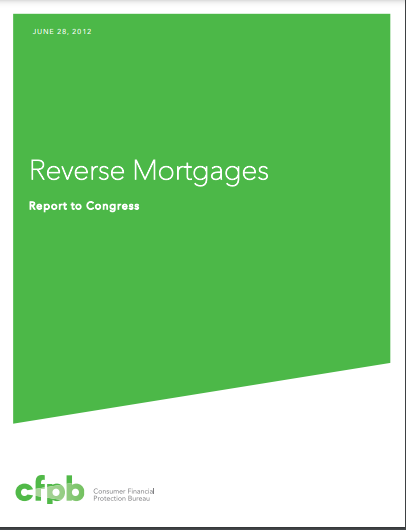The Story of UK Pensions: An engaging guide to the pensions system
By Matthew Rhodes This book explains the wonderful world of UK pensions. It starts with a brief history of how the system has developed over time, covering the different arrangements provided by the private and public sectors, as well as the State. It then investigates the system in more detail, explaining some of the complexitiies and why pensions so often make news headlines. This book is suitable for anyone - whether you know nothing about pensions, or are someone in...










